Over 10 years experience of Traceability Solutions
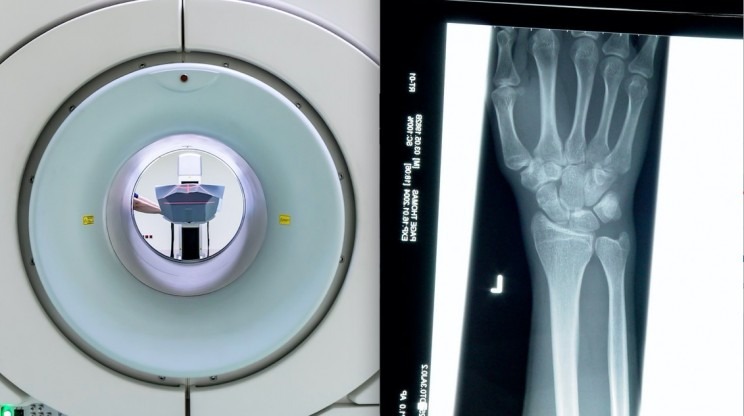
By pharmatrax
Category: Technoloy
 No Comments
No Comments
Medical Science is one of the most scientifically progressive fields. Over the years breakthroughs in medical science have either opened up an alternative to a tedious earlier procedure or created a solution to a medical problem previously incurable. Technology too has played a big role in making medical science more effective and indispensable than ever before. Acknowledging the above as fact, here we look back the inventions that revolutionized medical science over the years since Hippocrates first wrote the Hippocratic Oath.
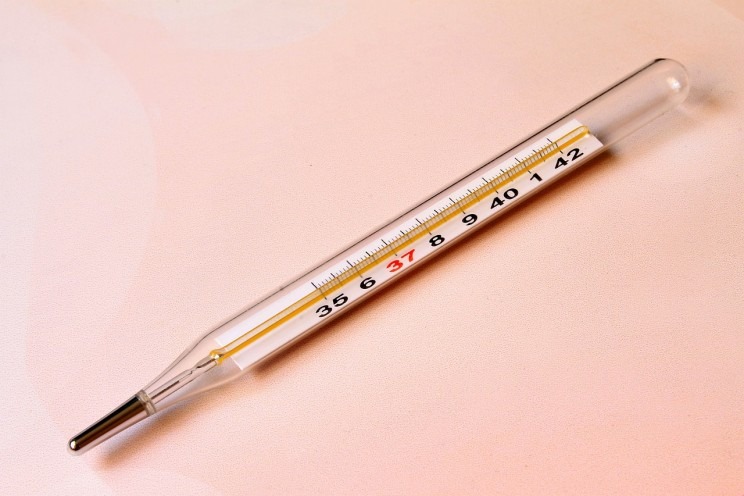
Thermometers are so ubiquitous today yet it has still not been determined concretely as for who invented the device. Gabriel Fahrenheit first invented the mercury thermometer in 1714 which is still in usage today, although the instance of a device to measure temperature was invented by Galileo in the late 1500s. It was based on the principle that a liquid’s density changes with respect to its temperature. However, today the mercury thermometer is being phased out in favor of the digital thermometer on account of the risk of mercury poisoning it poses.

Before stethoscope was invented, doctors would listen to their patient’s heartbeats by putting their ear on to their chests, a quite crude and inefficient method. For instance, if there was considerable insulation between the actual heart and exterior of his chest in the form of fat, this method failed. Exactly, one such situation was faced by French physician René Laënnec, when he couldn’t accurately judge the heart rate of one of his patients on account of too much fat on him. He invented the ‘stethoscope’ as a wooden trumpet-shaped tube that amplified sounds coming from lungs and heart. That principle of sound amplification hasn’t yet changed till date.
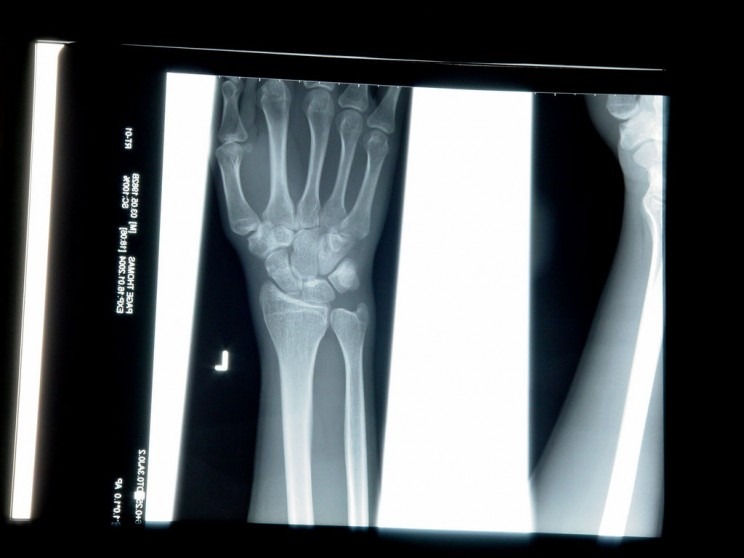
It’s hard to imagine proper and correct diagnosis and treatment of injuries as common as fractures without X-ray imaging technology. X-Rays were accidentally discovered when a German physicist Wilhelm Conrad Röntgen was studying the process of electric current passing through a gas of extremely low pressure. He observed that in a darkened room, the cathode ray tube covered with barium platinocyanide caused a fluorescent effect. Since the cathode rays are invisible, he didn’t know what the rays were and named it X-radiation for its unknown nature. He won the first-ever Nobel Prize in Physics in 1901 for his discovery. The initial reception to the discovery, however, was met with hostility and mockery with a New York Times journalist referring to it as “an alleged discovery of a method to photograph the invisible”.

People most commonly associate the advent of antibiotics with Alexander Fleming’s discovery of penicillin. In actuality, the age of antibiotics began in 1907 with the creation of Salvarsan by Alfred Bertheim and Paul Ehrlich. Today this Salvarsan is known as Arsphenamine. It was the first drug to effectively counter the Syphilis disease marking the beginning of anti-bacterial treatment.
Alexander Fleming’s discovery of anti-bacterial property of Penicillium Notatum in 1928 was when antibiotics started gaining mass attention. Today, antibiotics have revolutionized medicine and in combination with vaccines have helped in almost eradicating diseases like tuberculosis.

A hypodermic needle with its austere appearance, and simple working principle was invented only about 150 years ago. Before that in ancient Greece and Rome, physicians used thin hollow tools to inject fluids into the body. In 1656, a dog was given an intravenous injection via a goose quill by Christopher Wren. The modern hypodermic needle was invented by Charles Pravaz and Alexander Wood somewhere in the mid 1800s. Today, these needles are used to deliver correct drug dosage in treatment and extract body fluids with minimal pain and risk of contamination.
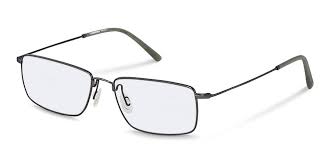
Spectacles are one of the other medical breakthroughs that people usually take for granted. There is no justifying evidence to determine any singular person to credit with the invention of the specs. Centuries ago, scholars and monks used an early prototype of the modern spectacles which had to be held before eyes while reading or balanced on the nose (there were no arms to anchor them to ears). With increased availability of printed books in late 1800s, the cases of myopia increased, that led to the introduction of spectacles to the masses.
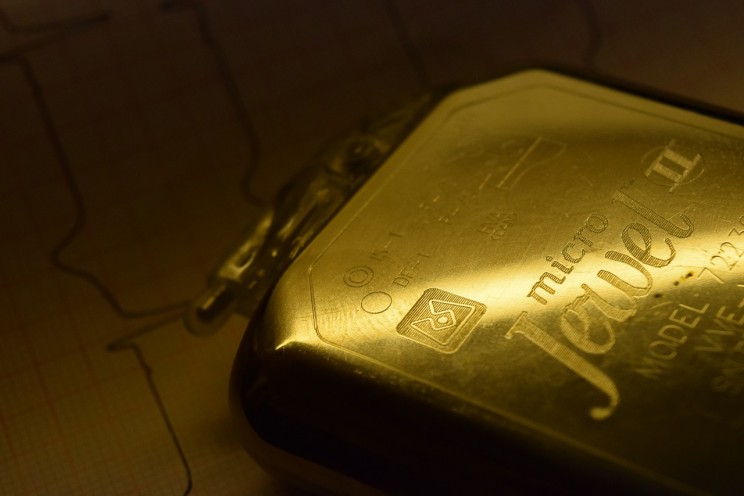
This milestone invention was fruit of two Australian scientists’ labor, Mark C. Hill and physicist Edgar H. Booth in 1926. The prototype was a portable set up consisting of two poles, one connected with a salt solution soaked skin pad and the other to a needle that was inserted into the patient heart chamber. Despite such a crude design they both successfully brought back to life a stillborn baby. Today the pacemakers are much more sophisticated with an average battery life of 20 years.
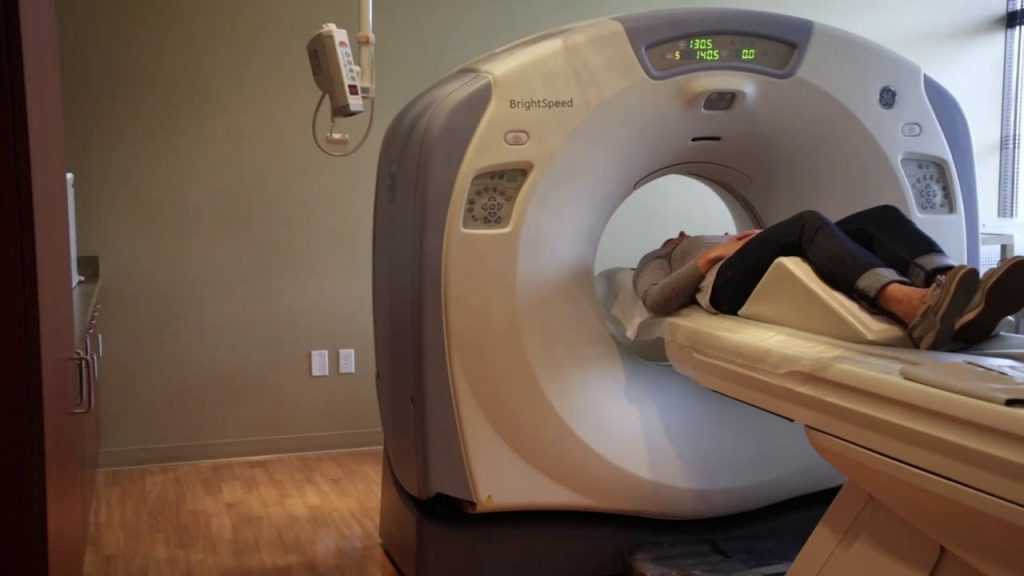
X-Ray’s discovery led to a surge in the efforts to search methods to access even more details without cutting open a body. This subsequently led to the invention of the CT scanner. Its commercial version was invented by Dr. Godfrey Hounsfield who received a Nobel Prize for medicine in 1979. This device was able to display multiple layers within multiple X-ray images.
Soon after, Dr. Raymond V. Damadian invented a technique to differentiate between cancerous and normal cells using nuclear magnetic resonance which later was improved and called MRI.
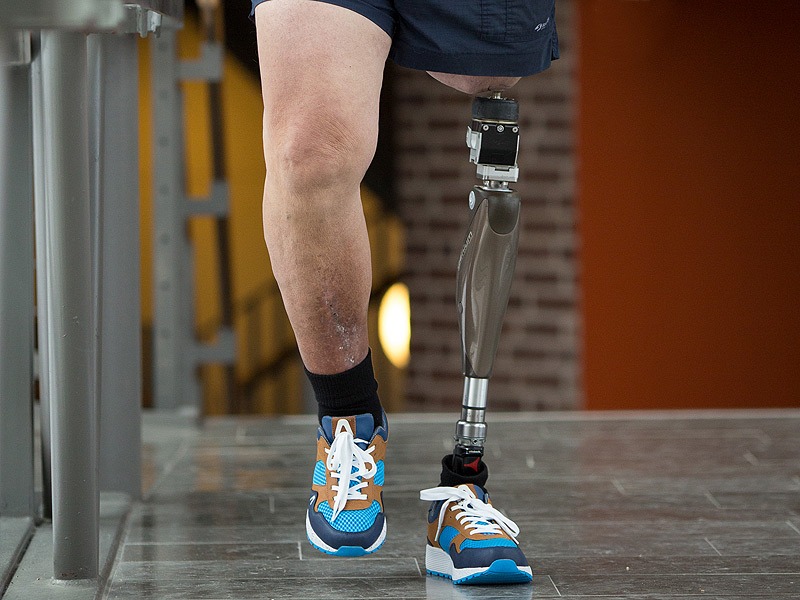
Life with handicaps is a very hard experience not just at physical level, but at mental and emotional level as well. Invention of the prosthesis has been a big breakthrough in enabling the physically handicapped live a life that isn’t limited to wheelchair and crutches.
Modern prosthesis are made from carbon fiber that are lighter and stronger than metal and are more realistic. Upcoming prosthesis have inbuilt myoelectric sensors that enable gripping and holding on brain impulses.
Cardiac Defibrillator
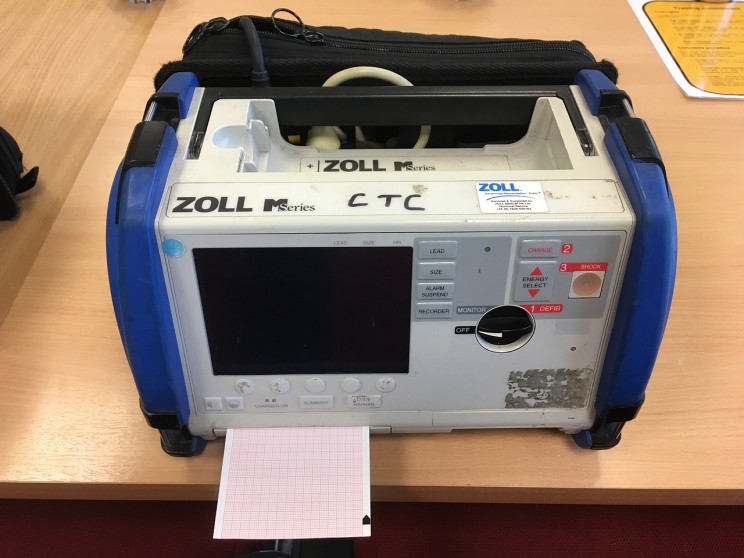
Defibrillation of heart isn’t a very recent concept, it has been known for decades, but its introduction into clinical setting was brought about by Claude Beck when he successfully defibrillated a young boy’s heart during surgery. Today, defibrillators save millions of lives from the brink of death around the world.
Source: https://interestingengineering.com/10-medical-inventions-of-all-time-that-changed-the-world